I've been meaning to write about rhindele for a while. When I went to my friends with junk attic they told me about the set of all sizes of curtain rails they inherited from the girls' grandfather who was a carpenter. We got carried away with the attic and I forgot to photograph them. But I certainly will the first chance I get. But until then, I thought I'd talk a bit about the rinds because they are a symbol of carpentry.
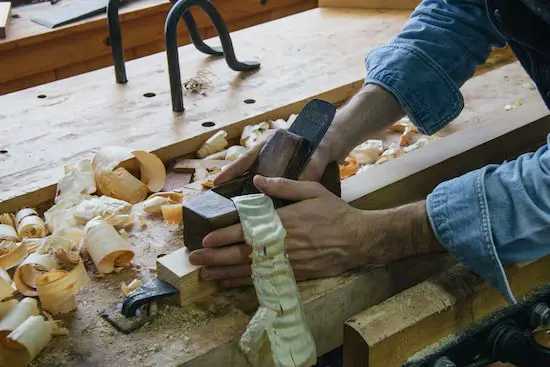
The dowel is a tool that can be used to remove a layer of wood from a flat surface, straighten surfaces, smooth (finish) surfaces, bevel edges or make doorways. Not all of these operations are done with the same planer, but they are basically built the same. The main element is a sharp metal blade and a body. The blade passes through the body through a slit called the mouth of the planer and into the wood. By passing the ruler over the wood, layers of wood are taken off, thicker or thinner depending on the position of the blade, the angle at which it is placed, the pressure on the ruler.
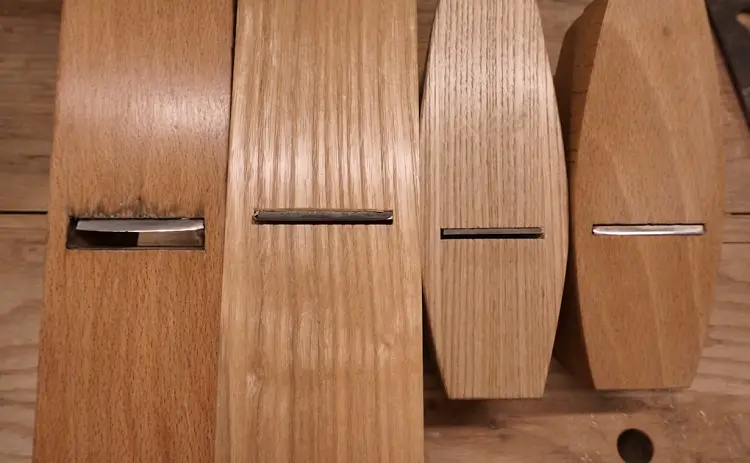
The reindeer were invented hundreds of years ago, and there are documents and even pieces that prove their existence since Roman times. They were originally made of wood, with a rectangular hole in the body and a slit in the sole, and the blade was fixed with a wooden wedge attached to the slit. This is the pattern that has been found in archaeological sites in Europe and Asia or in written documents made by ancient architects and builders and found in libraries.
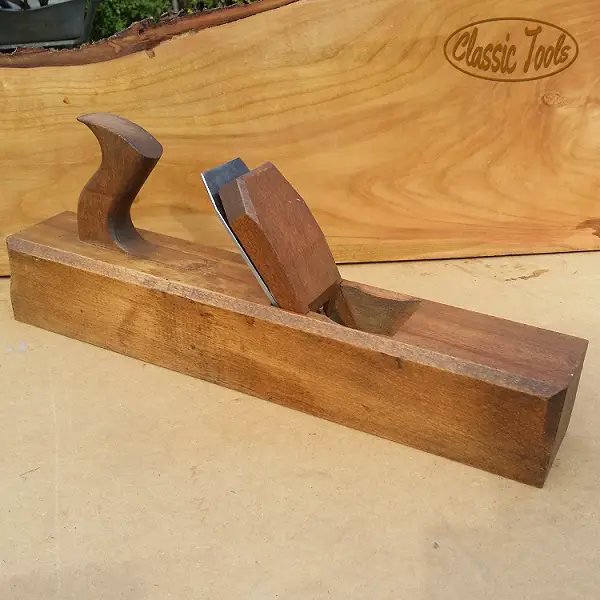
In the late 19th century, a Massachusetts inventor, Leonard Bailey, first made the cast-iron body flush. The patent for this invention was bought a few years later by Stanley, Rule&Lever, a tool manufacturer in Connecticut, USA. The company continually developed and improved the design to the ones sold today. As opposed to the simple features of the past, the new models have screws for adjusting the depth of chipping, side adjustment and other such adjustments. The body is now made of steel or bronze.
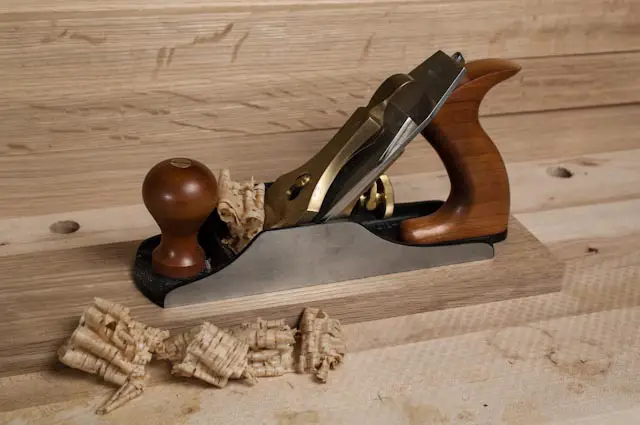
Regardless of the material it is made of, the planer can be of various sizes, ranging from very small to more than 1 meter long planers (gelau). To plane the wood, it is pushed along the grain (but can also be worked perpendicular to the grain). The exception to this are Japanese planers, which are pulled along the surface of the wood.
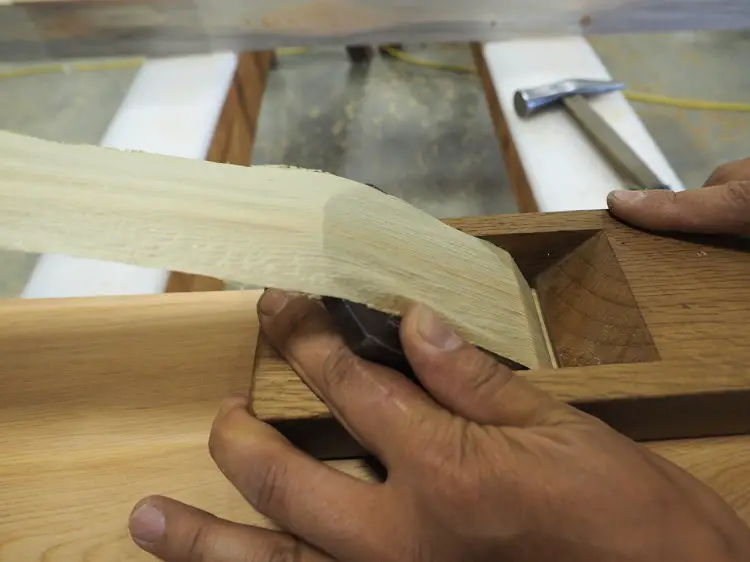
In looking for recommendations on curtain boards I have seen that many people go for Stanley metal ones saying that they are the best curtain boards that can be purchased. However, I have been surprised to glean the opinions of some traditional carpenters, both at home and abroad, who consider wooden skirting boards to be much better than metal.
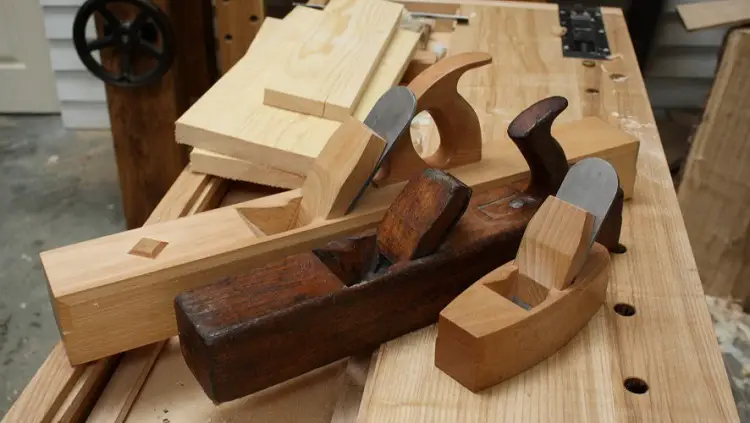
These are the carpenters who do traditional joinery without nails, those who handcraft fine art or rustic furniture or other things of finesse. Their arguments in favor of wooden curtain rails are as follows:
- are lighter than metal ones. When you do a lot of handwork, where all surfaces are worked by grinding, a heavy tool will tire you more quickly and become inefficient;
- glides better on wood. Wood on wood glides differently than metal on wood. To glide as smoothly as possible, the metal soles need to be heavily waxed, which could disturb further processing and finishing. The wood veneer does not need waxing and the surface of the wood will not be disturbed;
- the complexity of the new metal planers. With so many screws adjusting the angle, thickness, blade seating, it becomes difficult to find the best blade position so that the planing is perfect. Wood shaving is simple, just sharpen the blade and set it correctly. For each type of planing you use a specific type of planer, not one for all operations, which you adjust continuously;
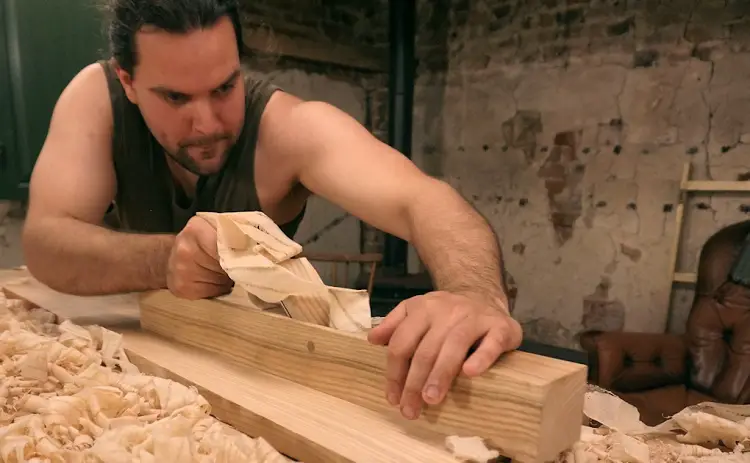
- is easily repaired. Like any tool, the ruler can break. The fact that it is made of wood and the person using it is a carpenter means that it can be repaired immediately. A broken metal planer means stopping work until it has been repaired by a specialist;
- tradition. The last argument was quite unexpected. By using the wooden rindeau you enter a select community of people who have been working wood in this way since the time of ancient Rome until the late 19th century. People who made their own houses and furniture, who worked the wood themselves. The metal veneer is synonymous with the industrial age, with the introduction of machines into woodworking, with the removal of what the soul of wood is. So, if the craftsman uses machines in woodworking, the use of a metal plank means nothing. However, if everything is done by hand, there's nothing like a well-tuned wooden planer.
I have to admit that the arguments with which classical, traditionalist carpenters support their choice impressed me. I didn't expect such arguments from people who seem rather harsh. And by the way, which choice would you make?
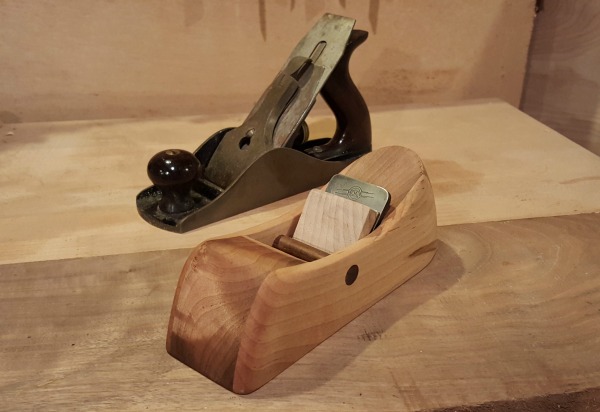





















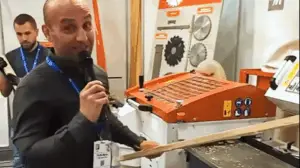
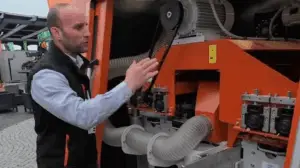
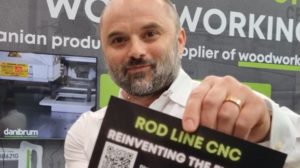


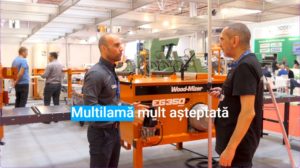

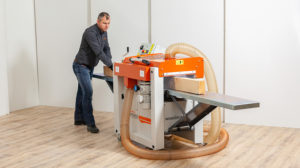



I only used an electric planer, einhell (5 years ago - when I made my fence panels - from green fencing). I sanded one with the flex (drum and discs with 40 grit) 🙂 after 20 seconds of use the disc was charging and I didn't know what the problem was. The upper parts I cut half round with an einhell pendulum. Besides these two extraordinarily retarded machines, I also bought a vibration grinder which never did me any good.
I don't have a lot of experience using a ruler. But for the last three months or so I've been studying intensively to assimilate the theoretical side of woodworking - because I want to set up my own workshop. I want a professional workshop, not an industrial one. But I want my work to be efficient. I want a well-equipped workshop, not a poor one. A workshop where I can run away from people, not my wife (just kidding). I want a workshop for creation not one for flattery.
So: a workshop equipped with (high-performance) power tools is a workshop that eases the rough part of your work. For finishing/precision where power tools are powerless, I don't think the work is so heavy/strenuous if the bevels are metal because... I don't think anyone is going to start planing logs. To work with large wheels you use inertia/force/body weight to keep your hands from getting tired. With the small ones, let's be serious: the weight between wooden and metal ones doesn't matter. The precision and strength of metal gears must be superior to wooden ones. This is my uninformed opinion!
Thanks for your opinion and arguments. 🙂
All the best!
Nice article, but I'd like to fill in the advantages of metal frames, if I may.
A very important thing is that the sole of the rim is perfectly flat. Wooden planks lose their flatness over time from wear and tear, and must be planed. Japanese reindeer need to be trimmed and this requires experience (I can elaborate if necessary). Storing wooden planks is expensive, the wood works, and there are twists, cracks etc.
In my opinion, metal frames produced by Lee Valley Tools or Lie Nielsen are far superior to wooden frames. Arguments:
1. The sole is perfectly flat, really, it's perfectly flat. They are planed on flat grinding machines under water jet to remove stress from the alloy.
2. With the bevel up type, you can play with the angle of attack by simply changing the knife. Wooden bevels have a fixed angle of attack. The angle of attack is very important when you are resawing wood with difficult grain (which frequently changes grain direction - bird eye maple).
3. You can adjust the opening of the "mouth", important for resawing wood with difficult grain, or at the end of the grain.
4. Adjusting a metal rail is really very simple and I disagree with the argument that they are "complex". On the contrary, the classic Stanley Bailey, Record etc., allow you to adjust the depth while planing. With wooden boards, you have to stop, and adjust with a hammer.
5. Very durable, nothing wrong with them, Paul Sellers has been using Stanley wheels for 20-30 years and still does 🙂
6. Weight is an advantage if you want to take a lot of material. The possibility to quickly change the knife with a cambered mouth is also a big advantage.
It is possible and thank you very much for the complements. 🙂
That was the goal, to gather as many opinions as possible, both amateur and professional. I also wanted to gather those on FB and come back with conclusions.
All the best!
There is only one scenario where, in my (limited) experience, a lighter, wooden plank has an advantage over a metal one. You can't work in the workshop all the time. When you have to planer "on the move", in a position where the planer must be supported, where it is not supported by the wood you are planing, a lighter planer is useful. In my experience, such cases are extremely rare.
Thanks for your opinion.
All the best!
I've been working with wood for 2 years and I choose the wood planer, if the blade is sharp you can work with it very easily. The joiner has a direct connection with the wood when working by hand (I say this from my own experience).
The joiner should have a direct connection to the wood even when working electrically. Otherwise it doesn't come out as well. My opinion.
Plane grinding of a metal surface is done in the presence of a liquid (emulsion) for a minimum roughness and to cool the material being ground.
On a different note, the wood-body is warmer.The market is full of power tools. What's the point of buying an expensive metal powerhead if you don't know how to use a cheap wooden one first?